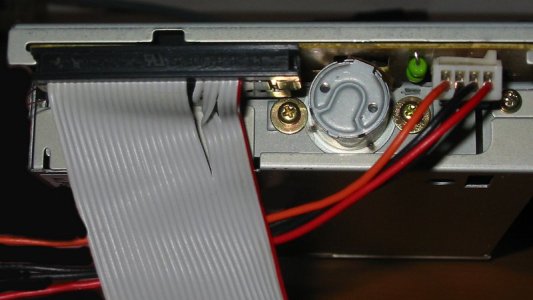

In Figure 1, you can see the current DRAM Frequency is 1466. On the right, at the bottom, expand the SPD. Switch back on the RAM category on the left. The answer, of course, is that we’re going to turn to Speccy again. Finally, look for the DRAM Frequency and then on the. There are two tabs in CPU-Z that are useful here.įirst, the Memory tab, which shows the current DRAM Frequency in the Timings section. 1.5v or maybe 1.35v for DDR3, but it may be different if you have low voltage RAM. You can use the free CPU-Z utility to see this information. This will be located in different locations depending on your motherboard, so you should read the manual to find out where it is located in your system.Īfter you have done this, how can you tell if it is actually enabled? There is one easy way to confirm whether XMP is enabled. If you have a desktop system that you built from parts or you bought a desktop system from a smaller boutique vendor like iBuyPower, you should be able to go into your UEFI BIOS setup and enable XMP. how to access over the 64K limit, the screen layout and access, how to control the clock speed, additional ROMs, page 64K RAM for all-RAM code etc etc All the links just take me to publicit. This option won’t be available on most regular desktop systems or laptops from large vendors like Dell or HP. You could emulate a speccy and write your own code to add emulated features, but the chance of building a contributing community off that is low. As I mentioned in my previous post “ Seven Setup Tips for a New AMD Ryzen 3000 System“, it is important to have Extreme Memory Profiles (XMP) enabled if you want to get better memory and system performance.


 0 kommentar(er)
0 kommentar(er)
